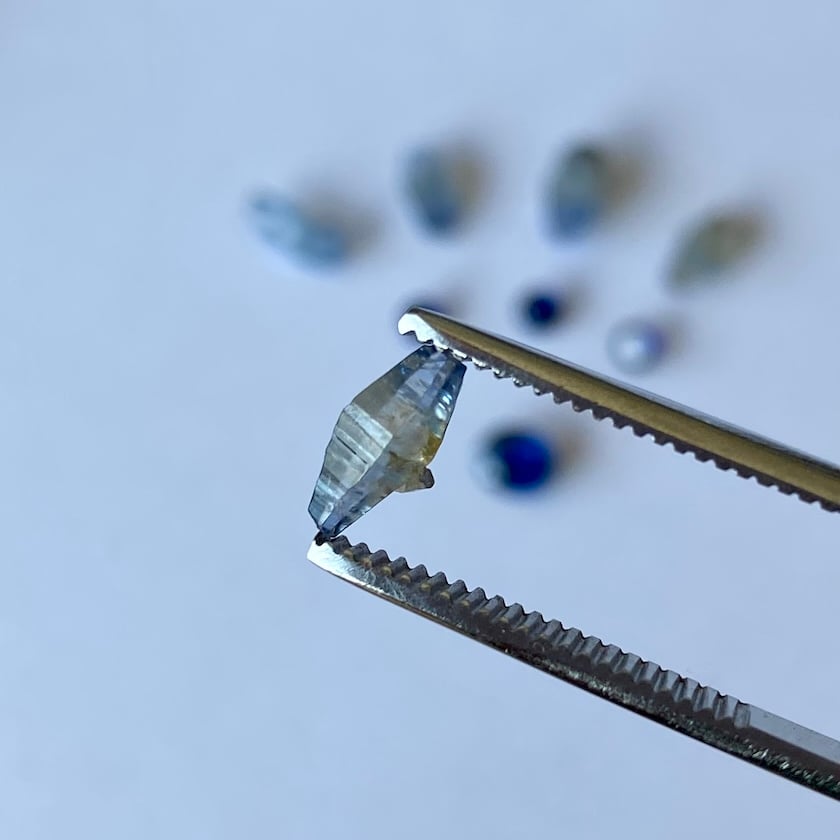Mineralogy of Oxides and Hydroxides
Oxides and hydroxides are mineral classes that include well-known gems as well as significant ores. Learn how to identify these minerals.
14 Minute Read
Introduction to Oxide and Hydroxide Mineral Classes
The oxide and hydroxide classes can serve as an instructive connection between primarily metallic opaque and dark-colored native element and sulfide minerals and vitreous, transparent, and light-colored silicate minerals. While studying oxides and hydroxides, we will encounter both opaque dark-colored ore minerals and sparkling transparent gemstones.
There are 395 mineral species in the oxide and hydroxide classes. (Klein & Dutrow, 2007) We will cover the most essential and common membeers. To understand why oxides and hydroxides are studied together as well as their differences, we must consider their chemistry. Take a look at the formulas in the following table. Oxides and hydroxides have identical metallic cations. The only difference is their anions: O2- for oxides and (OH)– for hydroxides.
…Olena Rybnikova, PhD
Olena Rybnikova is a gemologist and mineralogist. She has a PhD in mineralogy and petrology specializing in beryllium minerals and is a certified Applied Jewelry Professional accredited by the Gemological Institute of America. Her passion is actively promoting knowledge and appreciation of nature, geology, and gemstones.
Related Articles
Mineralogy of Cyclosilicates and Inosilicates
Mineralogy of Halides, Carbonates, and Sulfites
Mineralogy of Sulfides and Sulfosalts
Mineralogy of Phyllosilicates and Tectosilicates
Latest Articles
800 Years of Mogok: A Celebration in Tenuous Times
What is the Average Gemstone Faceting Yield?
Pyroxmangite Value, Price, and Jewelry Information
How to Identify Emerald Simulants and Synthetics
Never Stop Learning
When you join the IGS community, you get trusted diamond & gemstone information when you need it.
Get Gemology Insights
Get started with the International Gem Society’s free guide to gemstone identification. Join our weekly newsletter & get a free copy of the Gem ID Checklist!
